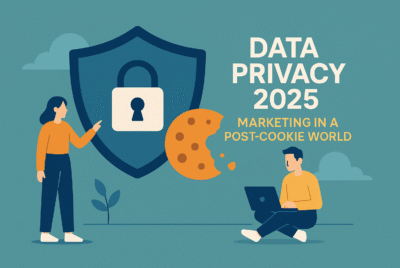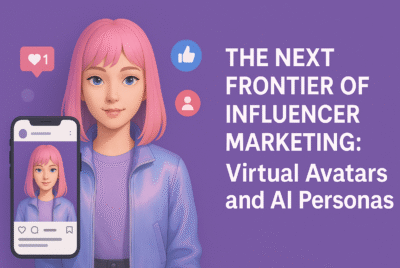Why Personalization Boosts Customer Engagement
Personalization turns relevance into attention. When messages reflect needs and context, customers feel seen. Engagement rises because effort drops: people find what they came for, faster, with fewer steps.
Relevance Builds Trust
Trust grows when a brand consistently shows it understands preferences and intent. Recommendations that mirror real behavior feel helpful, not intrusive. Copy, offers, and timing align with what matters now. Over time, these wins compound into higher retention and advocacy.
Data, Privacy, and Control
Personalization only works when it earns permission. Clear value exchange and easy controls reduce friction around data. Favor first-party signals from site interactions, purchases, and declared preferences. State why data is collected, how it improves the experience, and how to opt out. Transparent design maintains confidence while enabling smarter targeting.
Omnichannel Consistency
Customers move across email, web, app, and ads in a single journey. Personalization should travel with them. If an email promotes a bundle, the homepage and product page should echo it. Consistent logic avoids dissonance, cuts bounce, and reinforces the path to action. Segment once, orchestrate everywhere, and keep creative variants aligned with the same intent.
Real-Time and Context
Contextual cues sharpen timing and message. Recent browsing, cart status, geo, and inventory can refine what appears next. Real-time updates limit stale offers and surface alternatives when items sell out. Lightweight rules—recency, frequency, value—often outperform heavy models when speed matters.
Design for Action
Color, contrast, and layout guide the eye to the next step. Personalized modules should sit near primary calls to action and use concise copy. Limit the number of competing offers. Make differences between variants meaningful: price, category, or use case. Accessibility matters too—legible type and adequate contrast ensure everyone can act.
Measure and Iterate
Treat personalization as a product. A/B test hypotheses, not colors alone: audience × message × moment. Track outcomes beyond clicks—conversion, repeat visits, and satisfaction. Monitor for fatigue and regression to the mean. When a variant wins, operationalize it and retire underperformers. Small, continuous improvements yield durable gains.
Fuente: Harvard Business Review





